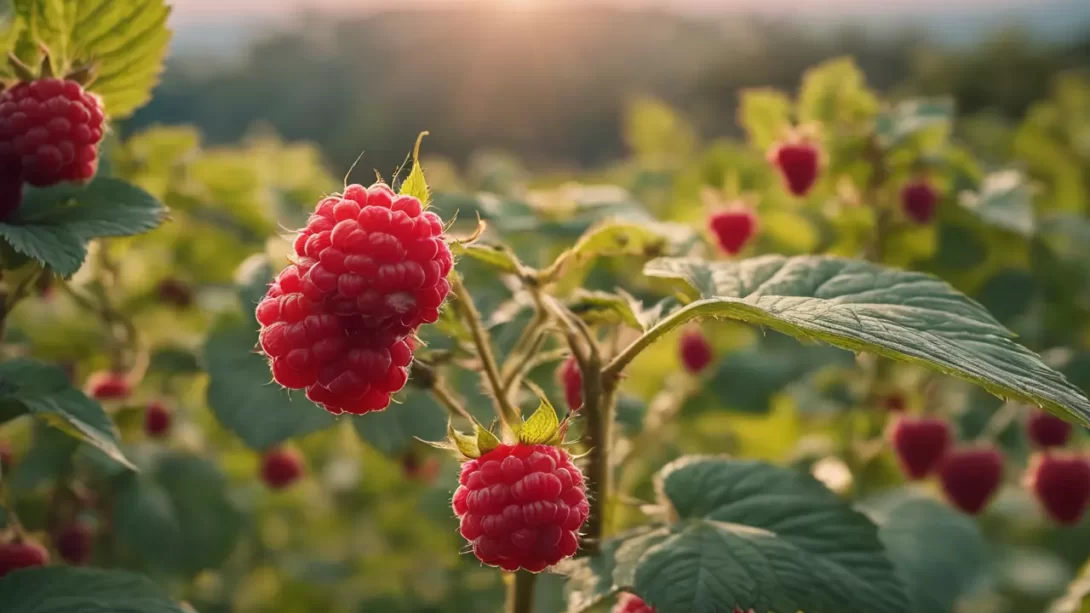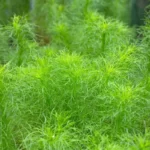Growing raspberries from seed can be a rewarding experience for any gardener. Unlike purchasing nursery plants, starting raspberries from seed allows you to select from a wider variety of species and cultivars, potentially including some rare or unusual types. This method, while requiring more patience, can be more cost-effective and offers a deeper understanding of the plant’s life cycle.
Raspberry Seeds
Raspberry seeds are tiny and require specific conditions to germinate successfully. Quality of seeds is paramount; it’s advisable to source them from reputable suppliers to ensure they are viable and true to type. Remember, seeds harvested from hybrid raspberries may not produce plants identical to the parent, so choosing heirloom or open-pollinated varieties is often preferable for seed saving.
Preparing for Planting
The best time to start raspberry seeds indoors is in late winter or early spring, allowing for sufficient time to stratify the seeds—a process necessary for breaking their dormancy. Soil preparation is crucial; use a well-draining, light seed-starting mix to prevent fungal diseases. Essential tools include seed trays or pots, a fine mist sprayer, and clear plastic covers or a mini greenhouse to maintain humidity.
Stratification Process
Stratification is a cold treatment that mimics natural winter conditions, encouraging raspberry seeds to germinate. To stratify raspberry seeds, mix them with slightly moistened sand or peat moss. Place this mixture in a sealed bag and store it in the refrigerator for about 4 to 8 weeks. Regularly check for mold and ensure the medium remains slightly moist. This chilling period is crucial for breaking seed dormancy and improving germination rates.
Sowing the Seeds
After stratification, it’s time to sow the raspberry seeds. Spread the seeds thinly over the surface of your prepared seed-starting mix. Cover them lightly with a fine layer of soil, as raspberry seeds need some light to germinate. Gently water the soil using a mist sprayer to avoid disturbing the seeds. Cover the trays or pots with clear plastic to retain moisture and place them in a warm area, ideally between 65°F and 75°F (18°C to 24°C). Germination can take several weeks, so patience is key.
Caring for Seedlings
Once the raspberry seeds have germinated and seedlings emerge, remove the plastic cover and move them to a location with bright, indirect light. Keep the soil consistently moist but not waterlogged. When seedlings have developed a couple of sets of true leaves, they can be gently fed with a weak, balanced liquid fertilizer. Good air circulation is important to prevent fungal diseases, but avoid placing the seedlings in direct, harsh sunlight or in drafty areas.
Transplanting Seedlings
When raspberry seedlings are sturdy and have several sets of true leaves, they’re ready for transplanting. Begin by gradually acclimating them to outdoor conditions, a process known as hardening off. This involves exposing the seedlings to outdoor weather for a few hours each day, gradually increasing their time outside over a week or two. Once acclimated, transplant them into a sunny spot in your garden where the soil is rich, well-draining, and slightly acidic to neutral in pH. Space the plants about 18 to 24 inches apart, allowing ample room for growth.
Ongoing Care and Harvesting
Raspberry plants require regular care for optimal growth and fruit production. Water them deeply, especially during dry spells, and mulch around the base to retain moisture and suppress weeds. Pruning is crucial; remove any weak or dead canes and thin out crowded areas. Keep an eye out for pests and diseases, and treat them promptly with appropriate methods.
Raspberry plants typically start bearing fruit in their second year. When the berries are ripe and easily pull away from the plant, they’re ready to harvest. Regular picking encourages more fruit production. Enjoy the fruits fresh, or use them in jams, pies, and other culinary delights.
Conclusion
Growing raspberries from seed is a journey that requires patience but offers immense rewards. By following these steps, gardeners can successfully raise healthy raspberry plants that provide delicious fruits for many seasons. Embrace the process and enjoy the unique satisfaction that comes from cultivating your own berries from seed to harvest.




